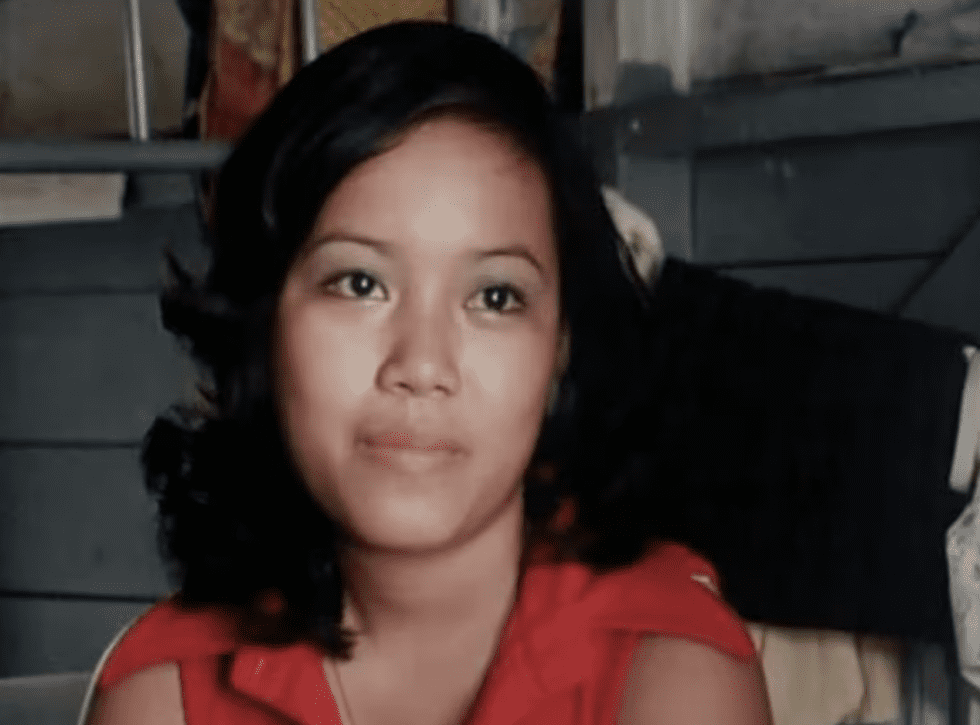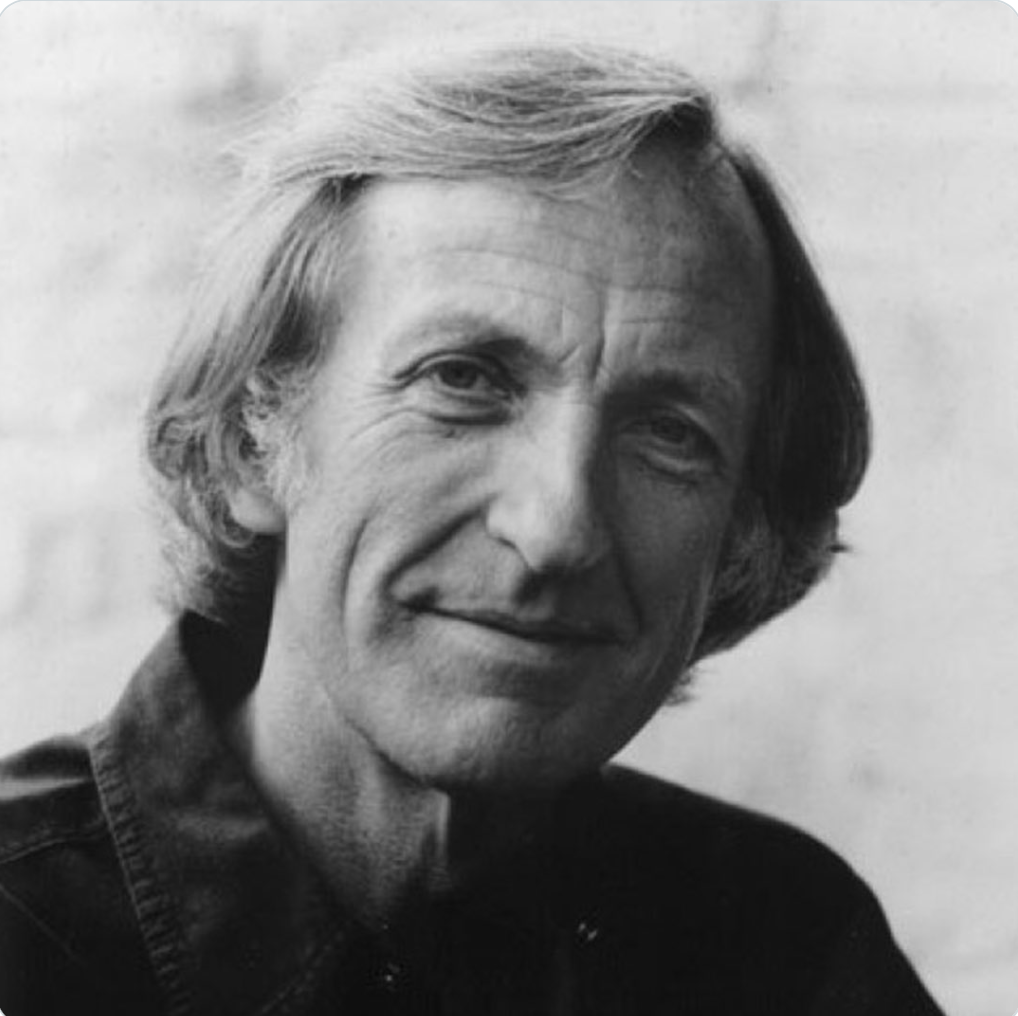

The public reaction to a Vietnamese refugee camp constructed outside an American town.
“Every day, out of the sky, came hundreds of Vietnamese. Twenty-four thousand of them on the edge of town, waiting for people to come and sponsor them. But every one was a reminder that the boys in the graveyard there died for nothing.”
John Pilger’s first documentary on the aftermath of the Vietnam War, To Know Us Is to Love Us, features a caring, humane American community in Fort Smith, Arkansas, welcoming South Vietnamese refugees just months after the United States’s defeat and humiliation in south-east Asia – while their own dead of the war lie in the town’s graveyard.
Refugees interviewed by Pilger reveal they have left loved ones back home, some of them expressing guilt, others feeling homesick. Voluntary agencies are vetting potential sponsors and one official explains that the aim is to ensure that these people become financially independent, not reliant on welfare.
Pilger finds poignant tales of the South Vietnamese settling into a new country. The chief accountant of a Saigon bank, now working in a fast-food House of Pancakes, has “fallen from the top of his own society to the bottom of his heap… dishwasher in a plastic food palace. He is now a member of a minority.” Some refugees are seen learning English parrot fashion, reciting: “Pie is good to eat.”
After dismissing accusations that he had been anti-American for opposing the war, Pilger explains that the people of Fort Smith wanted to win it but knew their sons were dying for nothing. “Yet today in this deeply conservative town,” he adds, “there are no signs saying ‘Go home, gooks’, as I expected. Instead, there is much generosity and charity and decency and confusion.”
To Know Us Is to Love Us (Pilger, ATV), ITV, 21 August 1975
Producer-director: Richard Marquand (28 mins)


